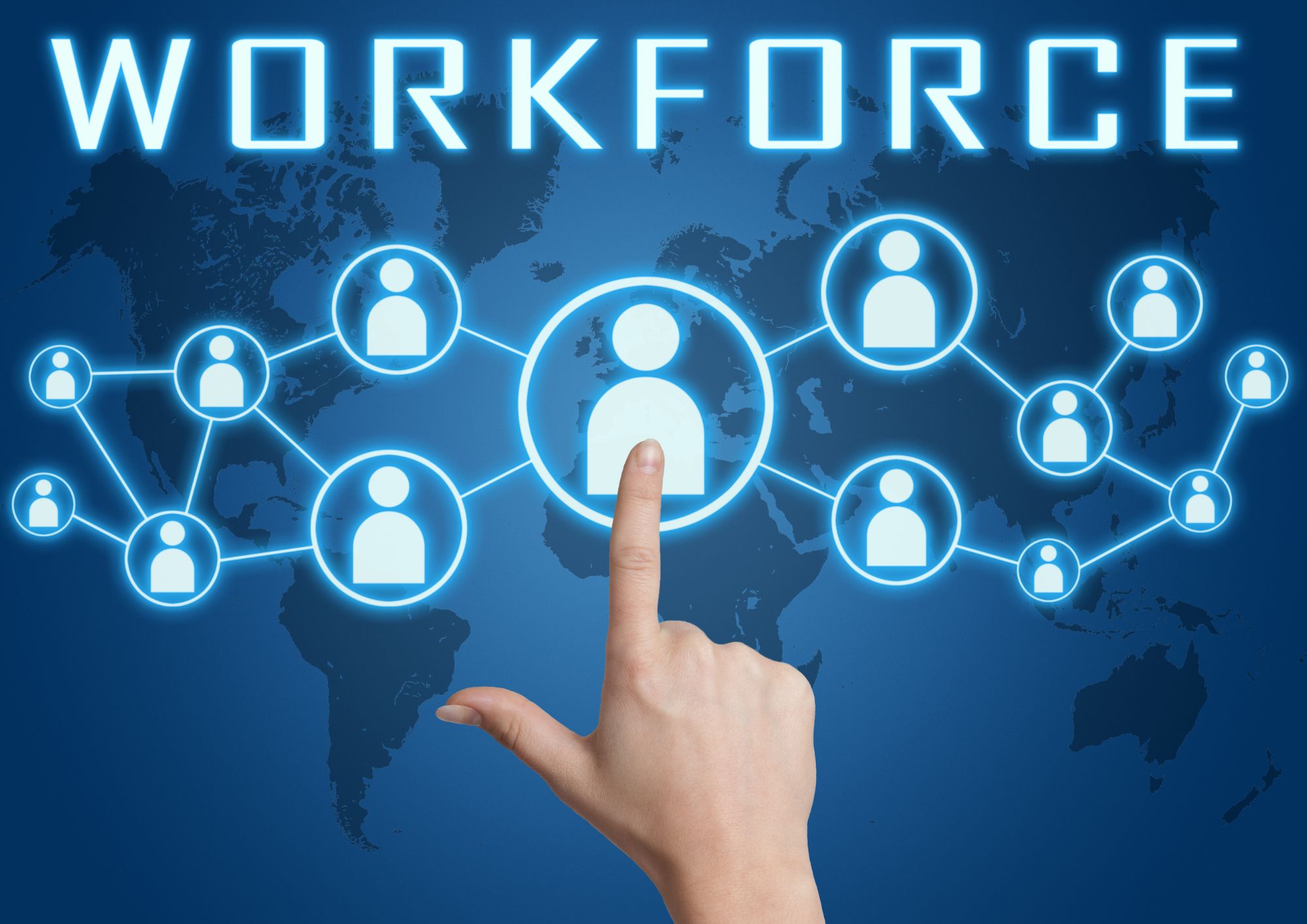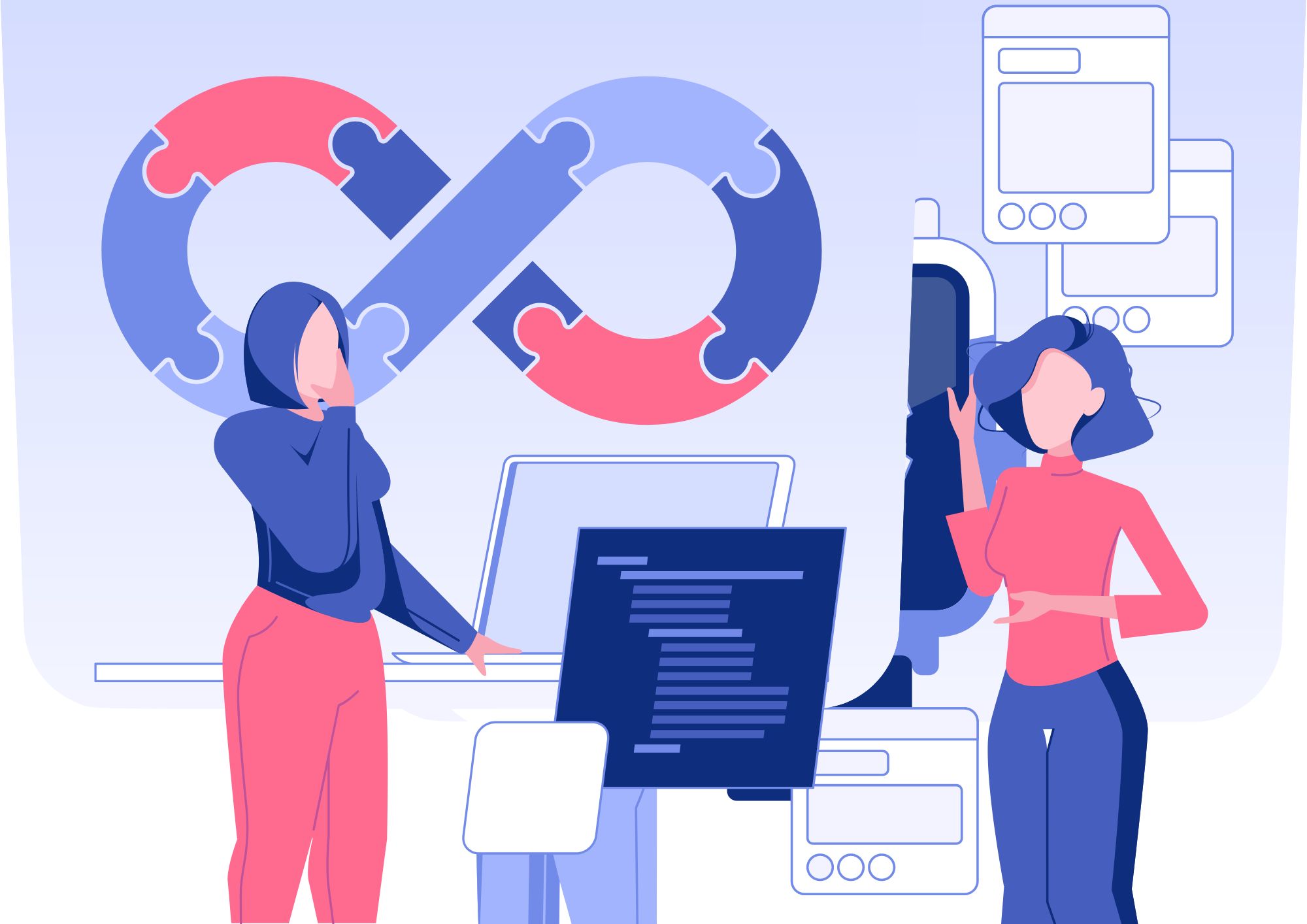The rapid advancement of technology has left no stone unturned in revolutionizing the way businesses operate, leading to increased efficiency and productivity.
One such significant breakthrough is hyper automation, which combines artificial intelligence (AI), machine learning (ML), and robotic process automation (RPA) to automate complex and repetitive tasks.
This technological leap has sparked a heated debate on its workforce impact, specifically whether automation will lead to job loss or job creation.
In this article, we will delve into the facts and figures surrounding automation and jobs, and discuss the future of work.
Workforce Impact: A Double-edged Sword
Hyper automation, while offering remarkable benefits, presents a two-sided coin regarding the workforce impact.
On the one hand, automation can replace repetitive and mundane tasks, freeing up employees to focus on higher-value tasks that require creativity, critical thinking, and problem-solving skills.
In this scenario, job creation is evident, as new roles emerge to handle the sophisticated technology, maintain it, and develop advanced solutions.
For example, the rise of AI and ML has led to an increased demand for data scientists, machine learning engineers, and AI specialists.
According to the World Economic Forum’s Future of Jobs Report 2020, 97 million new roles will emerge by 2025, with the majority being related to the AI and automation fields.
This fact indicates that hyper automation has the potential to create more jobs than it displaces.
On the flip side, the same automation can lead to job loss, especially for workers in roles that are easily automated.
A study by McKinsey Global Institute revealed that about 73 million jobs could be at risk due to automation by 2030.
This figure, known as technological unemployment, could have a significant impact on the workforce, especially for those in industries like manufacturing, logistics, and customer service, where automation has already taken root.
Automation and Jobs: Finding the Balance
To mitigate the potential negative impact of automation on jobs, organizations must invest in upskilling and reskilling their workforce.
By equipping employees with relevant skills, companies can ensure a smooth transition to a digital and automated work environment.
For instance, reskilling assembly line workers to manage and maintain the robotic systems replacing their former roles can prevent job loss and simultaneously improve productivity.
Governments, too, play a crucial role in shaping the future of work.
By implementing policies that support lifelong learning, skill development, and job transition assistance, they can help create a resilient workforce ready to embrace the changes brought about by hyper automation.
The Future of Work: Adapt and Thrive
In conclusion, hyper automation’s impact on the workforce depends on how organizations and governments manage the transition.
While job loss is an undeniable reality, the future of work also holds immense potential for job creation, provided the workforce is prepared to adapt and acquire new skills.
The key lies in striking a balance between leveraging the benefits of automation and ensuring the well-being of employees.
By investing in upskilling and reskilling, fostering a culture of continuous learning, and encouraging collaboration between humans and machines, we can shape a future of work that offers growth and prosperity for all.
Embracing a Hybrid Workforce Model
To maximize the benefits of hyper automation, organizations should adopt a hybrid workforce model that combines the strengths of both human and automated workers.
This approach can lead to increased efficiency, productivity, and innovation, as employees are empowered to focus on strategic and creative tasks while automation handles repetitive and time-consuming activities.
For example, in the healthcare industry, AI-powered systems can analyze medical data and identify patterns faster than human workers, enabling doctors and nurses to make better-informed decisions about patient care.
Similarly, in the financial sector, automation can process transactions and detect fraud more efficiently, allowing analysts to focus on higher-value tasks like risk assessment and financial planning.
Preparing for the Inevitable Change
As the wave of hyper automation continues to gain momentum, it is crucial for businesses to stay ahead of the curve and anticipate the changes in the workforce landscape.
By proactively identifying which job roles are most likely to be affected and creating a roadmap for employee upskilling and reskilling, organizations can successfully navigate the challenges posed by automation and emerge stronger.
Moreover, fostering a culture that embraces change and promotes agility will be critical in ensuring the workforce’s adaptability to evolving technologies.
Companies that prioritize employee development and continuous learning will be better positioned to capitalize on the opportunities presented by hyper automation.
The impact of hyper automation on the workforce is a complex and multifaceted issue. While it is true that automation has the potential to displace jobs, it also offers significant opportunities for job creation and workforce evolution.
The key to harnessing the benefits of automation while minimizing its negative consequences lies in the proactive efforts of businesses, governments, and individuals to adapt and thrive in the face of change.
By investing in upskilling and reskilling initiatives, promoting a culture of continuous learning, and embracing a hybrid workforce model, we can ensure a future of work that is characterized by innovation, collaboration, and prosperity.
The age of hyper automation is upon us, and it is up to us to make the most of the opportunities it presents while safeguarding the well-being of our workforce.
Thank you for reading our blog, we hope you found the information provided helpful and informative. We invite you to follow and share this blog with your colleagues and friends if you found it useful.
Share your thoughts and ideas in the comments below. To get in touch with us, please send an email to dataspaceconsulting@gmail.com or contactus@dataspacein.com.
You can also visit our website – DataspaceAI


